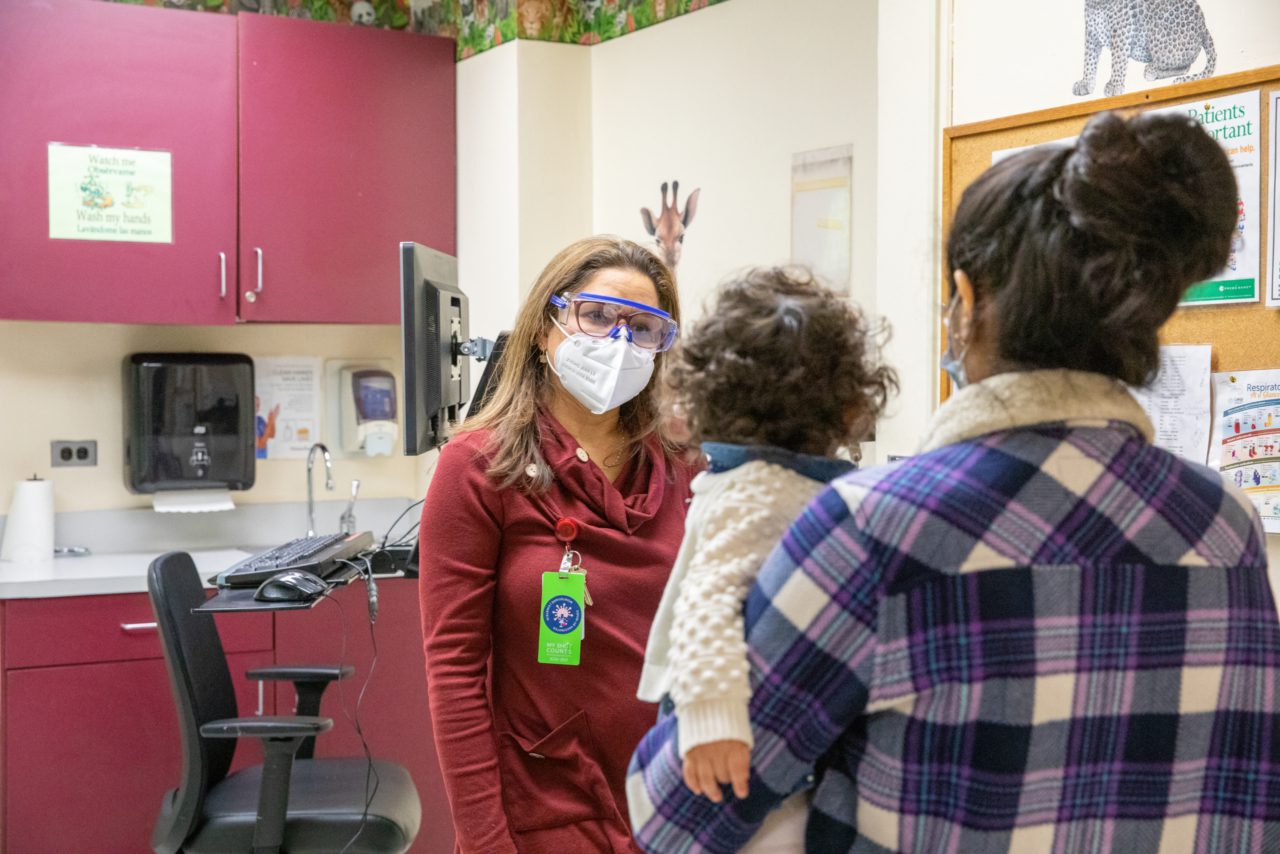While every child develops at their own pace, we released a statement applauding the American Academy of Pediatrics and Center for Disease Control’s recent decision to update developmental milestones, as it is an important step in encouraging early intervention and ensuring better outcomes later in life.
But what does this mean for parents and early childhood professionals? Questions poured in through our social media channels, and parenting expert Rebecca Parlakian has answers.
1. After much observation, how do I advise a parent to seek professional help?
2. Do I need to be more concerned if my child isn’t meeting milestones?
3. How do I identify developmental flags?
4. What are fun ways to encourage families to practice these milestones?
5. What are professionals doing to invite the expertise of parents into their practice?
This update will change the way pediatricians and other public health specialists work with babies and toddlers, helping them to be more sensitive to potential concerns. In addition to improving ways to identify early signs of autism and other social-communication disabilities, the update adds new milestones for 15 and 30 months as well as indicators easily observed as part of daily life.




